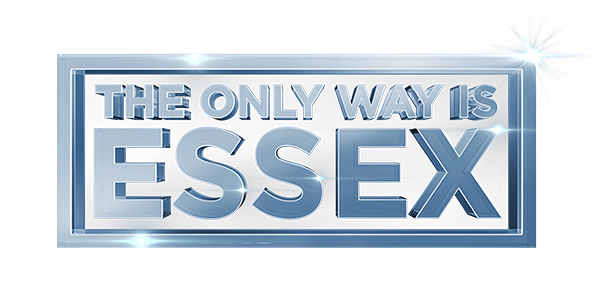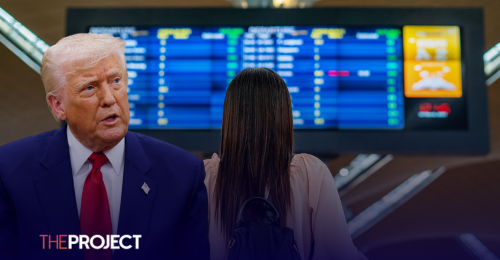There were 74,877 Australian visitors to the US in March, compared to 81,208 for the same period in 2024, US International Trade Administration data shows.
It was a 7.8 per cent year-on-year monthly fall and the steepest decline since March 2021 during the COVID-19 pandemic.
More than 738,000 Australians travelled to the US in the year ending January 2025, up 9.4 per cent.
However, Dean Long, boss of the peak body representing Australia's $69 billion travel industry, said interest in the US had cooled in recent months.
"The priced product in the US is very high when compared to the value that you can get across Southeast Asia in particular and even parts of Europe," the Australian Travel Industry Association chief executive told AAP.
"We think currency and value are the two things that are really driving that."
Last week, the exchange rate for the Australian dollar fell below 60 US cents, its lowest level since April 2020, following Mr Trump's "Liberation Day" tariffs.
But the dollar has recovered some ground this week and finished at 63.59 US cents on Tuesday.
Mr Long said it was too soon to tell if the "Trump effect" was flowing through to Australian travellers.
"When Trump was elected, we didn't actually see any significant change in booking patterns," he said.
"We are starting to see some changes post Trump becoming president and some of the policies being implemented."
A national survey of 1509 Australians aged 18 to 65 indicates fewer people were planning a trip to the US from March 15 to May 15 than 12 months ago.
The quarterly poll, commissioned by the Tourism and Transport Forum, had the US as the fifth most popular international destination for autumn 2024, with eight per cent of travellers headed there.
The US slid to seventh on the list this autumn, scooping up less than six per cent of Australia's overseas travel market.
"It's the first time in three or four years that the US hasn't been in the top-five destinations," Tourism and Transport Forum chief executive Margy Osmond told AAP.
She put it down to uncertainty within the US, particularly on tariffs, cheap airfares to places such as New Zealand, Japan and Thailand, and the slumping exchange rate.
With AAP.


























